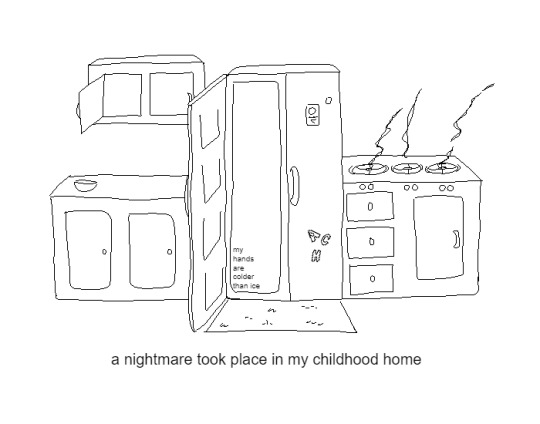Photo

added to your waffle recipe..YUM#trynatural #justdatesyrup #justdatesyruprecipes https://www.instagram.com/p/ChAR4chOEuy/?igshid=NGJjMDIxMWI=
6 notes
·
View notes
Photo

“Veruschka Wearing Lucite Hair Rings” photographed by Irving Penn for Vogue, June 1966
94 notes
·
View notes
Photo


Madonna & Lady Gaga posing for Jr at Oscars After-Party hosted by Madonna and Guy Oseary
2K notes
·
View notes
Note
I love your aesthetic, very cool. I approve.

my heart is melting!!! thank u sm!
5 notes
·
View notes
Text
C-PTSD Symptoms
Complex Post-Traumatic Stress Disorder is a type of PTSD that is caused by severe, repeated trauma, such that involves captivity, manipulation, and entrapment. It is trauma that is long-term and involves an inability for escape. This trauma occurs long enough to deform one’s sense of identity and self.
There is no mandated list of criteria for C-PTSD in the DSM-5, but there are six clusters of symptoms that are currently used for diagnosis. These major, core symptoms of C-PTSD are:
Emotional Dysregulation - This involves severe mood swings/dysphoria, impulsive behaviour, self-harm, and suicidal preoccupations. This could result in explosive anger, or extremely inhibited anger, or both. It could also result in either compulsive or extremely inhibited sexuality (i.e. hypersexuality or sex repulsion/trauma-induced asexuality, or both.) This also involves difficulty expressing and communicating emotions.
Consciousness Instability - Forgetting traumatic events or reliving them is a part of a struggle with consciousness. Sometimes reliving trauma can be either through intrusive thought, or preoccupation with the trauma. This also involves dissociation, which can cause severe consciousness interruption and memory gaps.
Self-Perception Issues - The trauma that causes C-PTSD messes with the ego, so its symptoms results in a skewed perception of self. One might feel helpless, full of shame and guilt, like a constant victim or a horrible person, feel defiled and disgusting, and/or believe they are completely separate from other human beings altogether.
Distorted Views of the Perpetrator - Becoming preoccupied with a perpetrator, whether it’s allotting total power to them, developing a preoccupation with them (such as revenge or seeking to find others exactly like them), or clinging onto the idea of being special to the perpetrator, would all be examples of distorted views.
Struggle With Interpersonal Relationships - Avoidance, distrust, paranoia, a sense of inability to connect with others. One with C-PTSD might also be constantly searching for a ‘saviour’ figure, and could also go to great lengths for self-protection.
Loss or Change in System of Meanings - The beliefs one held before trauma changing or going away completely, such as religious faith, or one being succumbed with despair or feeling like there is no hope.
Outside of the six clusters of general symptoms, the other symptoms often associated with C-PTSD are:
Revictimization - Those with C-PTSD are particularly vulnerable to abuse and exploitation. Many will be revictimized if they are not taught how to read red flags, as those with C-PTSD may seek to relieve trauma without realizing it because they don’t know anything else.
Hypervigilance - Increased anxiety and sensory input will make the survivor hyperaware of everything in their environment. This may result in paranoia, in extreme jumpiness, etc. Someone with C-PTSD will be constantly feeling like they are in a dangerous situation, and thus be hypervigilant due to that. (This may cause someone to be constantly in fight mode, or flight mode, or freeze mode, etc.)
Unexplained Physical Symptoms - Hypervigilance exhausts the body. This is what most professionals believe leads to chronic pain, gastrointestinal issues, headaches, nausea, chest pain, and various other physical symptoms that range from mild to severe. This pain cannot be explained by other existing medical conditions.
Dissociation - Degrees of dissociation range. It is common for those with C-PTSD to deal with chronic dissociation, which can lead to emotional numbness, feeling unable to focus, inability to connect to one’s identity or reality (depersonalization and derealization), and memory loss. To a severe degree, it may result in identity splitting, which would lead to comorbidity with Dissociate Identity Disorder.
Substance Abuse - It’s not uncommon for those with C-PTSD to struggle with substance abuse, whether it’s alcohol, drugs, smoking, etc. Some may also use sexual contact in the same way.
Attachment Issues - C-PTSD can cause various problems with attachment, including hyperempathy or a lack of empathy, an inability to accurately perceive other people’s motives, isolation, seeking out codependency, feeling unable to depend on others at all, and not knowing where personal boundaries lie for themselves or others.
Cognition Problems - Executive dysfunction, inability to pay attention, communication problems, sensory overload, object impermanence.
13K notes
·
View notes



























